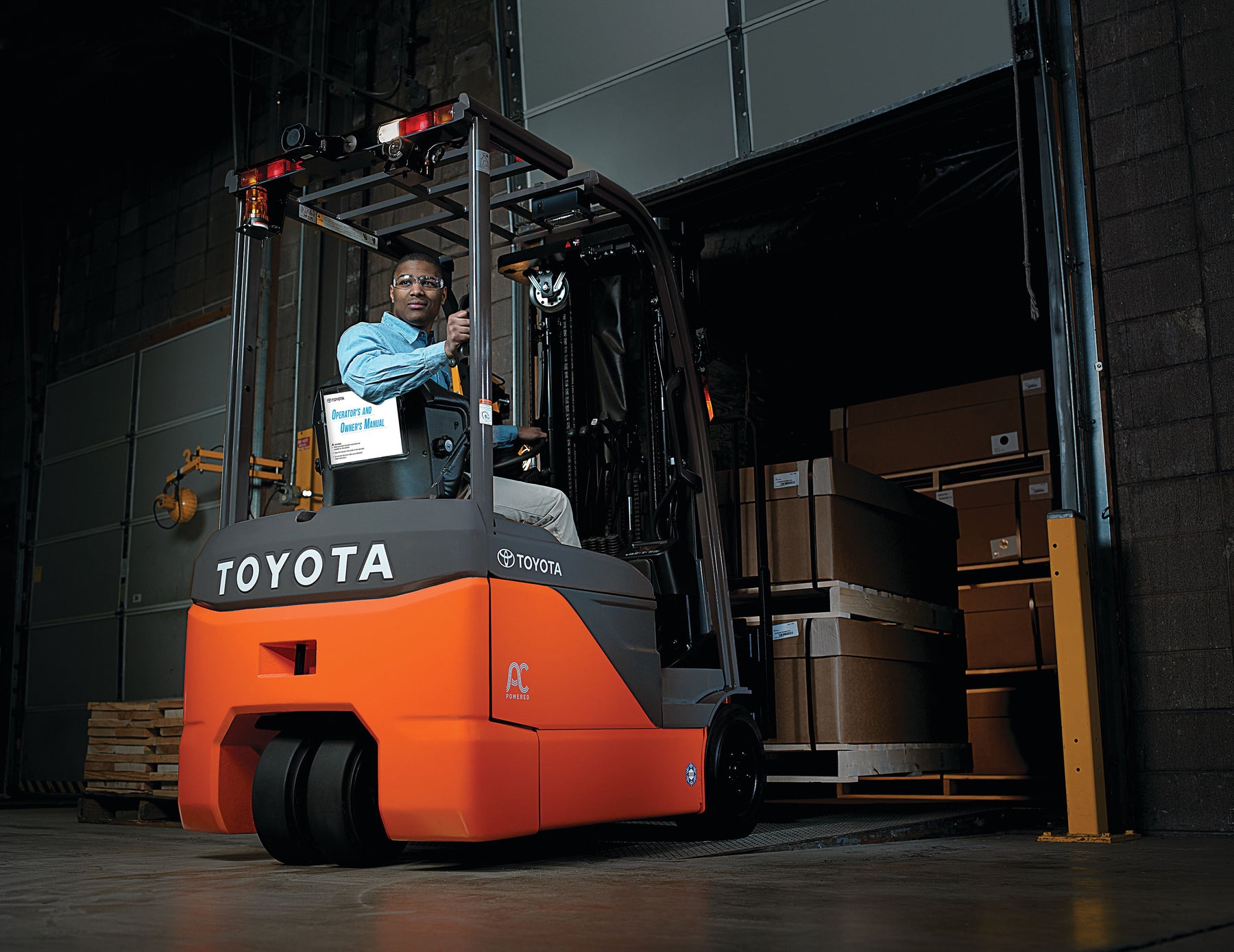
Three-Wheel and Four-Wheel Forklifts: What’s the Difference?
If you’re looking to add power and productivity to your materials handling operation and you’re about to invest in a forklift purchase (or rental), you may be weighing your options regarding lifting capability, mast height, torque, cost, stability and durability. You may be investigating safety features and “special” options, like customized seat settings. And if you’re like most business owners and managers, you want to get the most out of your lift truck for the lowest upfront and overall price.
So, what should you do when you reach a common fork in this path: the decision between a three-wheel and four-wheel lift truck? Here are a few simple guidelines that can help you move forward.
Don’t assume more equals more.
Too often, managers assume that more wheels mean more truck overall. Four wheels are often equated with stronger capacity and more features than a simpler, streamlined three. This isn’t necessarily the case. When it comes to forklift shopping, don’t look for bigger and stronger—look for the best fit for your workplace (and don’t assume “more” always brings a higher price tag.) Three-wheel trucks offer advantages that four wheels can’t; for example, greater versatility and a tighter turning radius. Measure the width of your aisles and corners before you proceed.
Three wheels can lift as well as four.
Again, don’t assume a three-wheeled truck will have a weaker lifting capacity, a shorter mast or a more limited drive train than a four-wheeler. For these other features, check the manufacturing specs, don’t count the number of wheels.
Three wheels can also be very stable.
Four wheels may appear more visually stable than three, but again, this can be misleading. With modern active stability systems, a three-wheeled truck can stay upright using the same technology as any other truck—typically a set of sensors in the mast that monitor load data and correspondingly shift the truck’s center of gravity to compensate and prevent tip overs. In fact, since three-wheeled trucks can turn and maneuver in tight corners, they can sometimes be even safer than those with four.
Three wheels may or not be weather-proof.
If your lift truck will be used indoors, on smooth level surfaces, or in a retail setting, three wheels can bring strong advantages. But if your employees will be operating the truck outdoors or on gravel, four wheels may be safer, since four-wheeled trucks are less likely to give way on an incline or lose their grip on rough or wet surfaces.


Leave a comment